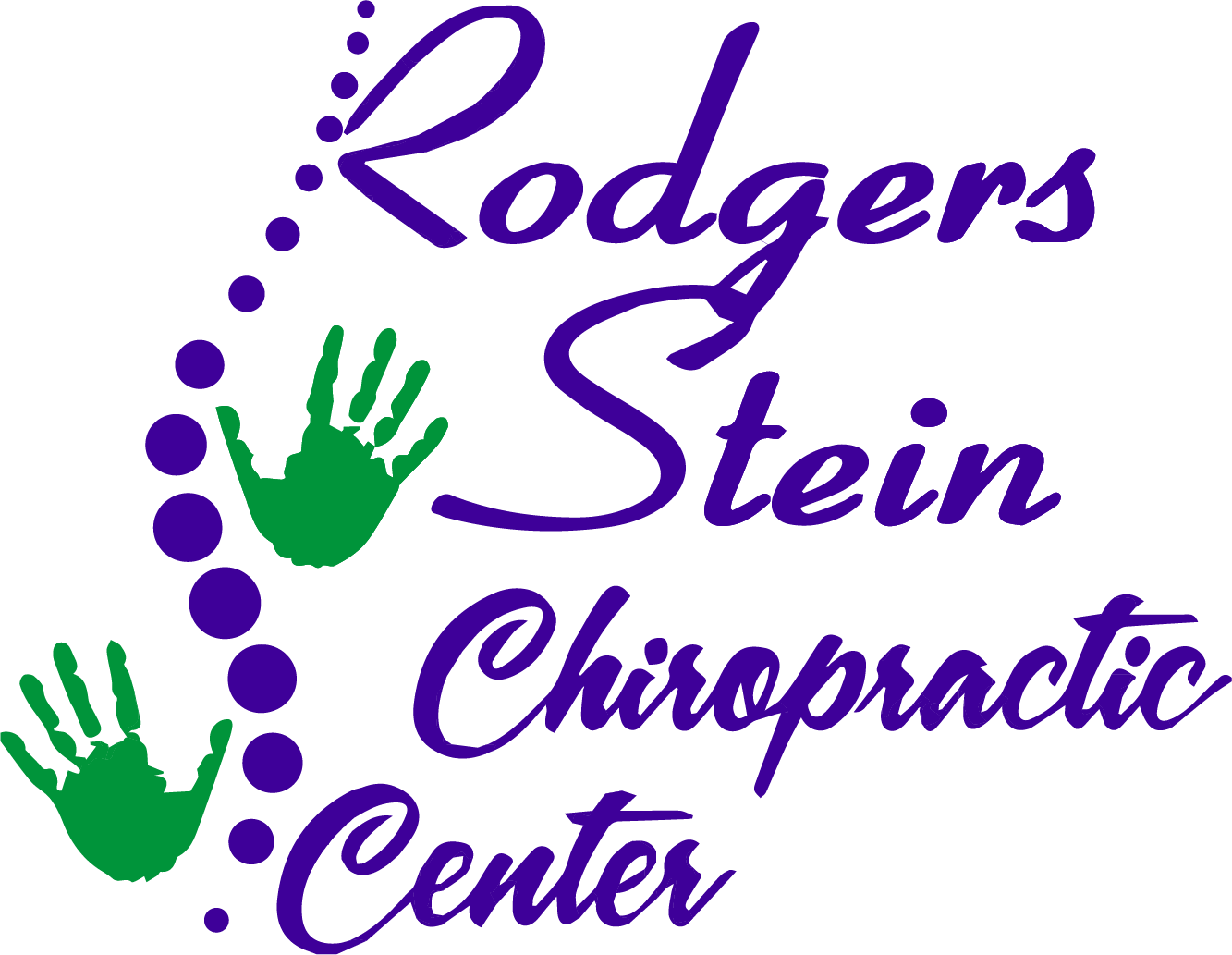If you're experiencing upper back pain, know that you're not alone, and I'm here to help you understand how chiropractic care can provide relief. It's essential to recognize the common causes of this discomfort and how making simple adjustments in your daily habits can lead to significant improvements in your wellbeing. As a chiropractor, I often see patients benefit from targeted stretching techniques and ergonomic modifications to their workspaces. These strategies can be effective in alleviating pain and enhancing your overall posture.
Before we dive into specific solutions, it's crucial to identify the underlying factors contributing to your upper back pain. Together, we can explore your lifestyle, work environment, and any physical activities that may be impacting your health. Let's take a closer look at what might be going on and how chiropractic care can support your journey to relief and healing.
Understand Upper Back Pain
As a local chiropractor, I understand that many of you may not be familiar with the approaches we use to address upper back pain, but I'm here to help you navigate this discomfort and find natural relief.
Upper back pain can often feel like a heavy weight pressing down on your shoulders, impacting your daily activities and making it challenging to sit, stand, or even relax comfortably.
It's important to recognize that upper back pain is typically localized. You might feel it concentrated around your upper spine, shoulder blades, or neck area. Unlike lower back pain that can radiate down the legs, this type of pain usually remains in the upper region of your back.
You may find that certain movements, such as twisting or reaching overhead, can worsen your discomfort. This can also lead to stiffness, making it difficult to turn your head or maintain good posture throughout the day.
Remember, stress can significantly impact your muscles, creating a cycle of pain and tightness that can be hard to break.
The intensity of upper back pain can vary from day to day. Some days you might experience a dull ache, while other times it may feel sharp and debilitating.
Paying attention to when and how this pain occurs is crucial. It helps us understand its impact on your life and tailor a treatment plan that suits your specific needs.
Focusing on your body mechanics is vital in our chiropractic practice. Many of us unknowingly adopt poor posture, especially when sitting for extended periods, which can lead to muscle strain and discomfort.
By identifying these patterns, we can work together to implement proactive measures to prevent the pain from worsening.
Ultimately, understanding your upper back pain is the first step toward effective management and relief.
As your chiropractor, I'm here to support you on this journey to better health through natural healing methods that prioritize your well-being.
Let's work together to find the best solutions for your upper back pain.
Identify Common Causes
As a local chiropractor, I want to help you understand the common factors that may be contributing to your upper back pain. Recognizing these causes is essential for finding effective relief and improving your overall well-being.
One of the most prevalent issues I see is poor posture. Many of us spend hours hunched over computers or sinking into our couches, which can place significant strain on our spines. This improper alignment can lead to muscle tension and discomfort in the upper back, making it crucial to be mindful of how we sit and stand throughout the day.
Muscle strain is another frequent source of upper back pain. Activities such as lifting heavy objects without proper technique, overexerting yourself during exercise, or even sudden movements can result in strained muscles.
Additionally, if your back muscles lack strength or flexibility, you may be more susceptible to this type of pain.
Don't overlook the role of stress, either. When we experience stress, our bodies often respond by tightening the muscles in our shoulders and upper back. This tension can accumulate over time, leading to stiffness and discomfort.
Learning relaxation techniques and managing stress can be beneficial for alleviating this type of pain.
It's also important to consider underlying medical conditions, such as herniated discs or arthritis, which could be contributing to your upper back pain. If you've made lifestyle changes and still find that discomfort persists, I encourage you to seek a thorough evaluation from a healthcare professional.
By identifying these common causes, you can take proactive steps to address the issues at hand.
As a chiropractor, I'm here to guide you through natural healing methods that can help restore balance to your body and alleviate your upper back pain.
Let's work together to find the relief you deserve!
Stretching Techniques
As a local chiropractor, I want to share some valuable insights on how incorporating effective stretching techniques into your daily routine can significantly alleviate upper back pain. Many people may not realize that stretching not only enhances flexibility but also helps release the tension that accumulates in the muscles surrounding your upper back.
By dedicating just a few minutes each day to these stretches, you can experience considerable relief from discomfort.
Here are some simple techniques I recommend:
- Cat-Cow Stretch: Begin on your hands and knees. This gentle motion involves alternating between arching your back upward (cat) and lowering it down (cow), which helps to mobilize your spine and improve its flexibility.
- Child's Pose: Kneel on the floor, sit back on your heels, and extend your arms forward while lowering your torso. This deep stretch is excellent for relaxing your upper back and can be quite soothing.
- Shoulder Blade Squeeze: Whether sitting or standing, keep your back straight and pull your shoulder blades back and together. Hold this position for a few seconds. This exercise is fantastic for counteracting poor posture, which is a common culprit in upper back pain.
- Thoracic Spine Stretch: Sit cross-legged and place one hand behind you. Gently twist your torso towards the back hand. This stretch enhances spinal mobility and can help relieve tightness in your upper back.
- Forward Fold: Stand with your feet hip-width apart, bend forward at the hips, and let your arms hang down towards the ground. This stretch can alleviate tension in both your back and neck.
As you practice these stretches, remember to breathe deeply and listen to your body—never push yourself to the point of pain.
Making these stretching techniques a regular part of your daily routine can greatly assist in managing upper back discomfort. I encourage you to embrace this habit, as you may notice significant improvements in how you feel over time.
If you have any questions about these techniques or how chiropractic care can support your wellness journey, feel free to reach out!
Strengthening Exercises
As a local chiropractor, I want to emphasize the importance of strengthening exercises for alleviating upper back pain.
It's crucial to focus on exercises that specifically target your back muscles. By building core stability, you not only support your spine but also enhance your overall posture, which is vital for long-term health.
I also encourage you to incorporate stretching into your routine, as it can significantly improve your flexibility and help prevent any future discomfort.
Targeted Back Strength Exercises
As a chiropractor, I believe it's crucial to educate my patients on how targeted back strength exercises can significantly alleviate upper back pain and promote better posture.
By strengthening the muscles that support your spine, you can enhance stability and reduce discomfort, which ultimately improves your daily activities.
Here are some effective exercises I recommend incorporating into your routine:
- Bent-over Rows: Using dumbbells or resistance bands, this exercise helps strengthen the muscles in your upper back, providing better support for your spine.
- Lat Pulldowns: This exercise focuses on the latissimus dorsi muscles, which play a vital role in maintaining spinal alignment and improving your posture.
- Face Pulls: Utilizing a cable machine or resistance bands, face pulls strengthen the rear deltoids and upper back, which are essential for balanced shoulder positioning.
- Supermans: By lying on your stomach and lifting your arms and legs off the ground, you engage your back muscles, promoting strength and stability in your core.
- Seated Rows: This exercise, whether done with a resistance band or cable machine, targets the mid-back, enhancing overall back strength and support.
I encourage you to integrate these exercises into your weekly routine, starting with lighter weights to ensure proper form.
Over time, you should notice improvements in your upper back strength and a decrease in pain.
Remember, consistency is key to achieving lasting results!
Always feel free to reach out if you have any questions or need guidance on your journey to better health.
Core Stability Importance
As a local chiropractor, I want to emphasize the importance of building a strong core for maintaining stability and reducing the risk of injury, particularly when it comes to upper back pain. A well-developed core acts as a support system for your spine, helping to evenly distribute loads and alleviate pressure on your upper back.
When core muscles are weak, other muscles, including those in your back, have to work harder to compensate, which can lead to discomfort and even injury.
To strengthen your core, I recommend incorporating specific exercises into your routine. Planks are excellent because they engage multiple muscle groups, promoting both endurance and stability. Start by holding a plank for 30 seconds, and as you build strength, gradually increase the duration.
Bridges are another great exercise that targets your glutes and lower back, helping to create a balanced core. Aim for three sets of 10 to 15 repetitions.
Bird-dogs are beneficial as well, as they enhance core strength and improve coordination; I suggest trying three sets of 10 on each side.
Remember, consistency is crucial. I encourage you to include these exercises in your weekly routine, ideally two to three times a week.
Stretching for Flexibility
As a local chiropractor, I want to emphasize the importance of incorporating stretching into your daily routine. Stretching is vital for enhancing flexibility and works hand-in-hand with your strengthening exercises.
Maintaining a good range of motion in your joints is essential for overall mobility, which can significantly reduce upper back pain. When you prioritize flexibility, you not only alleviate tension but also improve your posture, ultimately making your strengthening efforts more effective.
Here are some effective stretches that can help boost flexibility in your upper back:
- Cat-Cow Stretch: This dynamic stretch alternates between arching and rounding your back, which can help relieve tension in the spine.
- Child's Pose: By sitting back on your heels and stretching your arms forward, you can relax your back and promote a sense of calm.
- Thoracic Extension: Using a foam roller can gently help open up your chest and upper back, promoting better posture and mobility.
- Neck Stretch: Tilting your head to each side can help release tightness in the neck area, which often contributes to upper back discomfort.
- T-Spine Rotation: Sitting or standing, gently twisting your torso side to side can enhance mobility in your upper back.
I encourage you to incorporate these stretches into your routine regularly. You'll likely notice a significant improvement in your flexibility, which can help relieve upper back pain and enhance your overall strength.
Ergonomic Adjustments
As a local chiropractor, I want to emphasize how important it's to make ergonomic adjustments in your workspace to help alleviate upper back pain. Many people may not realize how simple changes can have a significant impact on their overall well-being.
First, let's talk about your chair. It's crucial to choose one that provides adequate support for your lower back, which helps your spine maintain its natural curve. If your chair doesn't have built-in lumbar support, you can easily create your own by using a small cushion or a rolled towel to fill that gap. This small adjustment can make a big difference in how your back feels throughout the day.
Next, let's consider the height of your desk and monitor. Your computer screen should be at eye level to prevent straining your neck. If your monitor is too low, don't hesitate to use a monitor stand or even a stack of books to elevate it.
It's equally important to keep your keyboard and mouse within easy reach, allowing your elbows to rest comfortably at a 90-degree angle. This can significantly reduce stress on your upper back and shoulders.
Don't forget about your feet! They should be flat on the floor or on a footrest. This positioning helps distribute your weight evenly and minimizes strain on your back. If you find yourself sitting for extended periods, I encourage you to take regular breaks every 30 minutes. Stand up, stretch, or take a short walk to keep your muscles engaged and prevent stiffness.
Finally, let's talk about organizing your workspace. Keeping frequently used items within easy reach can help you avoid unnecessary twisting or stretching, which can contribute to discomfort and pain.
By making these simple ergonomic adjustments, you can create a healthier work environment that promotes better posture and reduces upper back pain. Taking the time to set up your workspace correctly is an investment in your health.
I encourage you to implement these changes and notice the positive difference they can make in your daily life. Remember, a well-organized and ergonomically sound workspace is a key factor in maintaining your spinal health and overall wellness.
Mindfulness and Relaxation
As a chiropractor, I want to emphasize the importance of not only making ergonomic adjustments to your workspace but also integrating practices that foster mindfulness and relaxation into your daily routine.
These techniques can significantly aid in managing stress and tension, which are often contributors to upper back pain. By focusing on your mental well-being, you can amplify the physical benefits of the adjustments we make during your visits.
Here are some effective mindfulness and relaxation practices that I recommend you consider:
- Deep Breathing: Set aside a few minutes each day to concentrate on your breathing. Inhale deeply through your nose, hold for a moment, then exhale slowly through your mouth. This simple practice can help lower stress levels and enhance oxygen flow to your muscles, promoting healing.
- Progressive Muscle Relaxation: This technique involves tensing and then relaxing each muscle group in your body, starting from your toes and working your way up to your neck. It's a great way to release accumulated tension, particularly in your back, and can complement the adjustments we make.
- Mindful Walking: During your breaks, take short walks while being aware of your surroundings. Pay attention to the sensations in your body as you move. This practice not only helps clear your mind but also alleviates tension, benefiting both your body and spirit.
- Meditation: Dedicate a few minutes each day to meditate. Focus on your breath or repeat a calming mantra to help center your thoughts and foster relaxation. This can be particularly helpful in managing pain and enhancing overall well-being.
- Gentle Stretching: Incorporate gentle stretching into your daily routine. Simple yoga poses can improve flexibility and relieve tension in your upper back, supporting the work we do together in your chiropractic care.
By incorporating these mindfulness and relaxation techniques into your lifestyle, you can support your body's healing process and experience lasting relief from discomfort.
When to Seek Help
As a local chiropractor, it's essential to help you understand when to seek assistance for upper back pain, as your well-being is our top priority. While some discomfort can often be managed with at-home remedies, there are specific signs that indicate it's time to consult with a healthcare professional like myself.
If your upper back pain persists for more than a week, despite your best efforts to alleviate it, don't hesitate to reach out for guidance. It's vital to listen to your body. Additionally, if you notice that your pain radiates into your arms or legs, this could suggest underlying nerve issues that need to be addressed.
Experiencing weakness or numbness in your extremities is another important signal that you should seek evaluation. Moreover, if you've recently suffered a sudden, severe pain following an injury or trauma, it's crucial to get immediate medical attention to rule out any serious conditions.
Keep an eye out for accompanying symptoms such as fever, unexplained weight loss, or difficulty breathing. These can indicate more serious health concerns that require prompt intervention.
If your pain starts interfering with your daily activities or disrupting your sleep, it's a strong indication to consider seeking help.
Chronic pain can also take a significant emotional toll, leading to feelings of overwhelm, anxiety, or depression. If you're experiencing these emotional challenges due to your discomfort, reaching out for professional support can be incredibly beneficial.
Ultimately, trust your instincts. If something feels off or if your pain is affecting your quality of life, don't wait. As a chiropractor, I'm here to provide you with a thorough evaluation, appropriate diagnosis, and natural treatment options to help you regain your health and get back to feeling like yourself again.
Conclusion
As your local chiropractor, I want to share some valuable insights that can help you alleviate upper back pain. It's crucial to understand the various factors that contribute to this discomfort. By incorporating specific stretching and strengthening exercises into your daily routine, you can significantly support your spine and promote overall health.
Additionally, making ergonomic adjustments in your workspace and home environment can greatly reduce strain on your upper back. Remember, managing stress is also vital, as it can exacerbate pain. If you're ever unsure or feel that your pain persists, don't hesitate to seek professional help. Chiropractic care offers natural healing methods tailored to your needs. Take charge of your health today, and you'll likely notice positive changes in no time!



